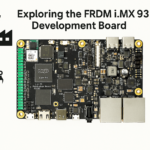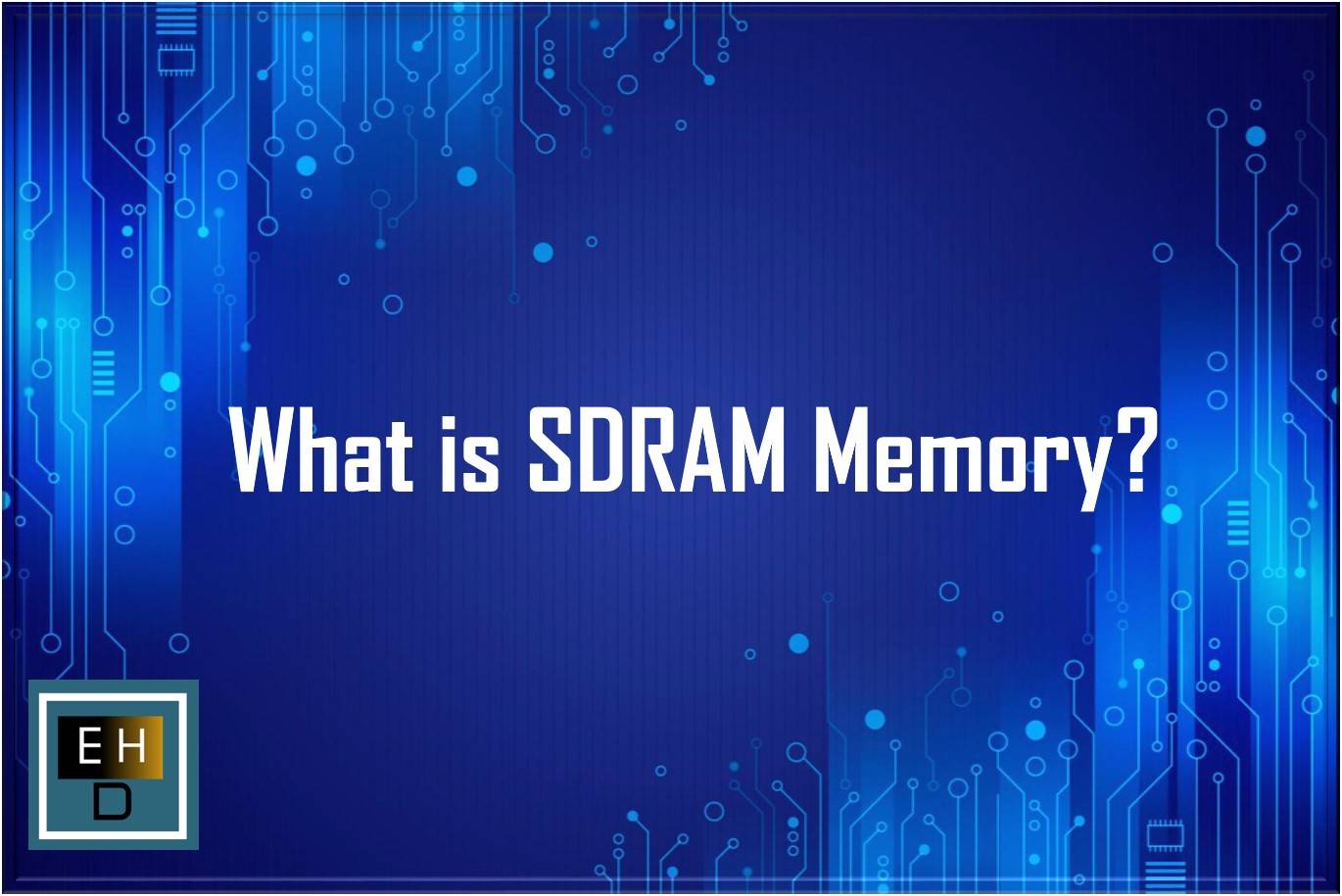STMicroelectronics has recently launched the STM32WL5MOC SiP module for LoRaWAN Sub-1GHz long-range IoT connectivity. This LPWAN SiP is based on a dual-core architecture with 256KB Flash and 64KB RAM on-chip. STM32WL5MOC is designed to be extremely low-power and is based on the high-performance Arm® Cortex®-M4 and Arm® Cortex®-M0+ 32-bit RISC cores operating at a frequency of up to 48 MHz.

As per STMicroelectronics, The STM32WL5MOC SiP is housed in a compact LGA92 package measuring 10mm x 10mm. It integrates a System-on-Chip (SoC) with frequency-controlled oscillators, an IC featuring a balun, filter, matching network, a receive/transmit switch, and associated passives essential for system operation.
This module’s consolidation of components facilitates the acceleration of RF design, space-saving, saving bill-of-materials costs, and simplification of circuit-layout challenges. Consequently, it results in time and cost savings compared to intricate RF design investments typically required with experienced teams or certifications.
This SiP module, in its miniature form, empowers data communication over an exceptionally extensive range while consuming very minimal power, thereby supporting a system battery lifetime exceeding 10 years.
Operating in the 864MHz to 928MHz band allows license-free use globally, and the STM32WL5MOC comes pre-certified for connection to LoRaWAN and Sigfox networks. The open wireless subsystem accommodates various modulation schemes, including (G)FSK, (G)MSK, BPSK, and LoRa® modulation.
It is also compatible with standard and proprietary protocols such as wM-Bus, Wi-Sun, Mioty, and others. Furthermore, the selectable RF output power can go up to 22dBm in US and Asian territories or adhere to European regulations at 15dBm.
The STM32WL5MOC SiP leverages the STM32WL55 SoC, and below are the essential specifications of the STM32WL55 wireless MCU:
The STM32WL55 SoC, with its dual-core architecture, offers robust capabilities for a variety of applications. Boasting a powerful Arm® Cortex®-M4 core with DSP extensions and a Cortex-M0+, this chip integrates 256KB Flash and 64KB RAM on-chip, ensuring real-time performance for user applications.
Notably, both cores implement memory protection for enhanced security, with the Cortex-M0+ providing additional secure services such as key management, secure firmware installation and update, and a secure sub-GHz MAC layer.
To further strengthen end-to-end data and networking security, an option with the onboard STSAFE-A110 is available.
The STM32WL55 device excels in long-range wireless communication and ultra-low-power operation. They incorporate a low-power LPWAN-compliant radio solution supporting modulations such as LoRa®, (G)FSK, (G)MSK, and BPSK.
This chip leverages ST’s patented technology, designed to be extremely low-power, and operates on the high-performance Arm® Cortex®-M4 32-bit RISC core, running at a frequency of up to 48 MHz. The core is complemented by an Arm® Cortex®-M0+ microcontroller, both equipped with independent memory protection units (MPU) to enhance application security.
The devices feature high-speed memories with 256-Kbyte flash memory and 64-Kbyte SRAM, along with protection mechanisms for embedded flash memory and SRAM. These include readout protection, write protection, and proprietary code readout protection.
Secure services, executed on the Arm® Cortex-M0+, include unique boot entry, secure sub-GHz MAC layer, secure firmware update, secure firmware installation, and storage and management of secure keys.
Beyond security features, the chip incorporates a 12-bit ADC, a 12-bit DAC with low-power sample-and-hold, two ultra-low-power comparators, and a high-accuracy reference voltage generator. It embeds a low-power RTC with a 32-bit sub-second wakeup counter, various timers supporting motor control, and two DMA controllers (7 channels each) for flexible data transfer between memory and peripherals.
Communication interfaces are comprehensive, encompassing an inter-processor communication controller (mailbox) and semaphores for communication between the two Arm® Cortex®-M cores, two USARTs, one low-power UART (LPUART), three I2Cs, and two SPIs (one supporting I2S).
Operating under an extensive temperature/voltage range of –40 °C to +105 °C (+85 °C with radio) and a power supply range of 1.8 V to 3.6 V, these devices offer a variety of power-saving modes for low-power applications.
Furthermore, the integration of a high-efficiency SMPS step-down converter and dedicated power supplies for ADC, DAC, and comparator analog inputs contributes to the chip’s efficiency.
The presence of a VBAT dedicated supply ensures the backup of the LSE 32.768 kHz oscillator, RTC, and backup registers, even in the absence of the main VDD, through various backup solutions such as a CR2032-like battery, supercap, or a small rechargeable battery.
Integrated seamlessly into the STM32 development ecosystem, the STM32WL5MOC is fully supported by the STM32CubeMX tool for both project initialization and software development.
As per the ST’s latest update, The STM32WL5MOCH6TR modules are currently in production and can be ordered online at a price starting from $9.09 for minimum orders of 10,000 pieces.
Author Profile
- 20+ years embedded hardware design professional with a burning passion for teaching. Sharing the intricate world of embedded hardware is my mission and joy.















